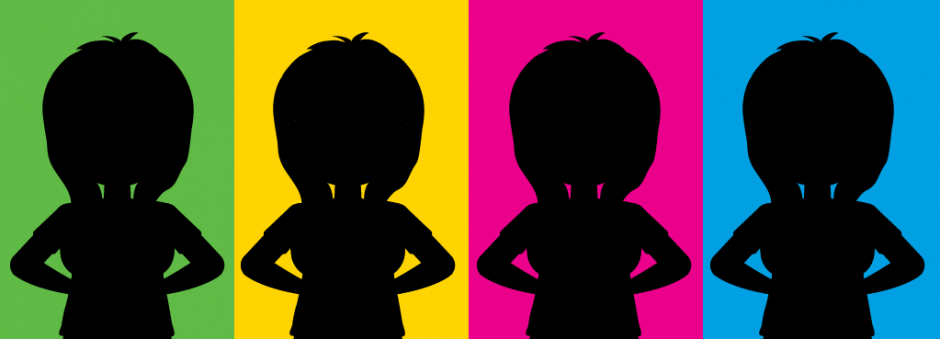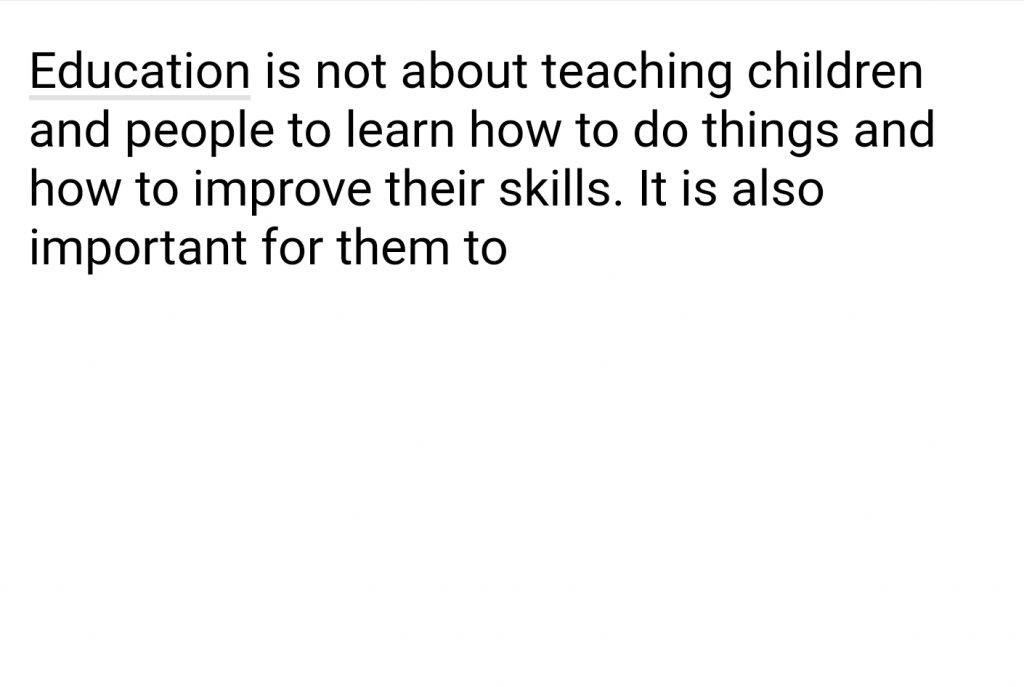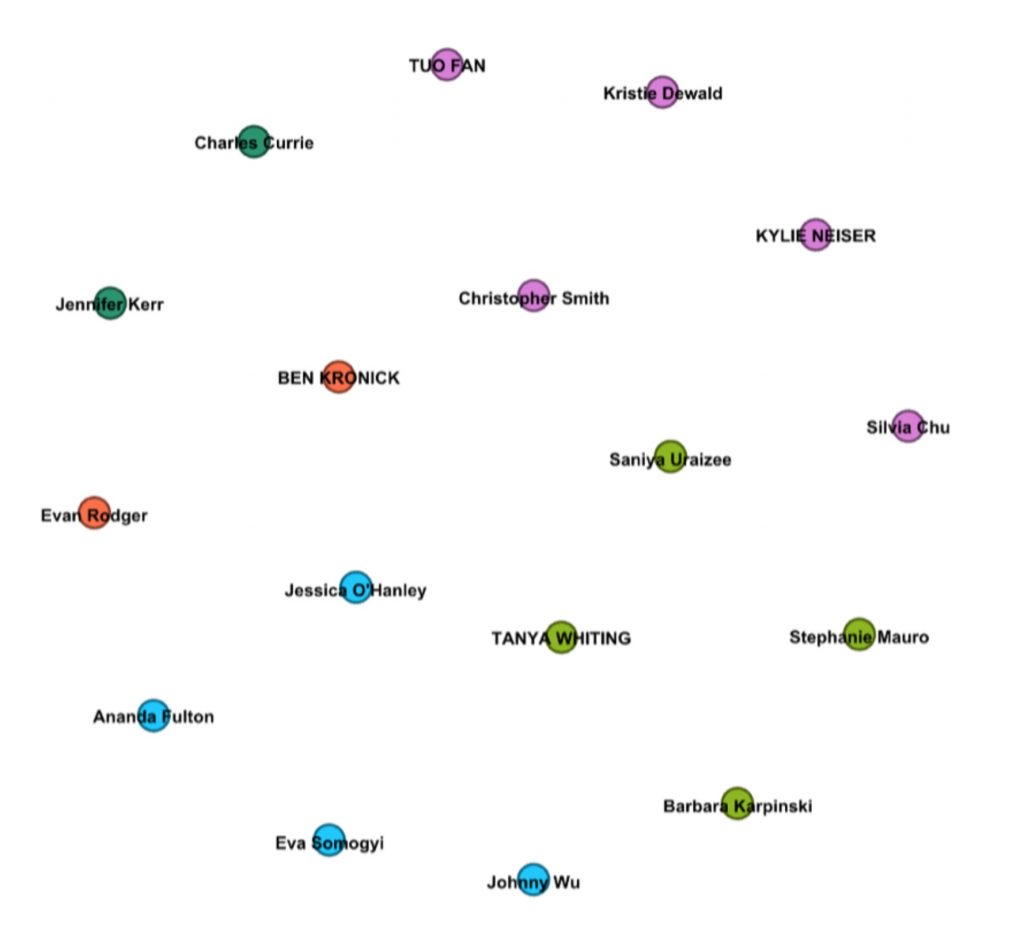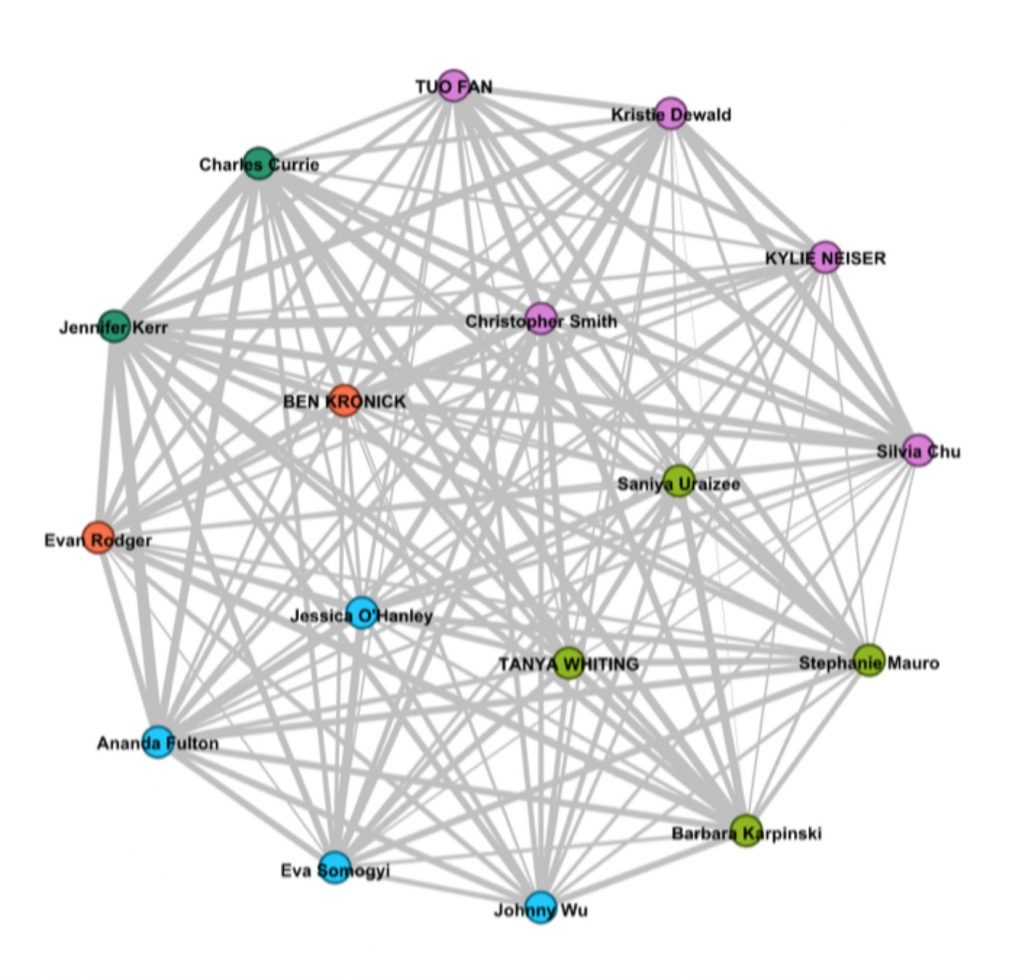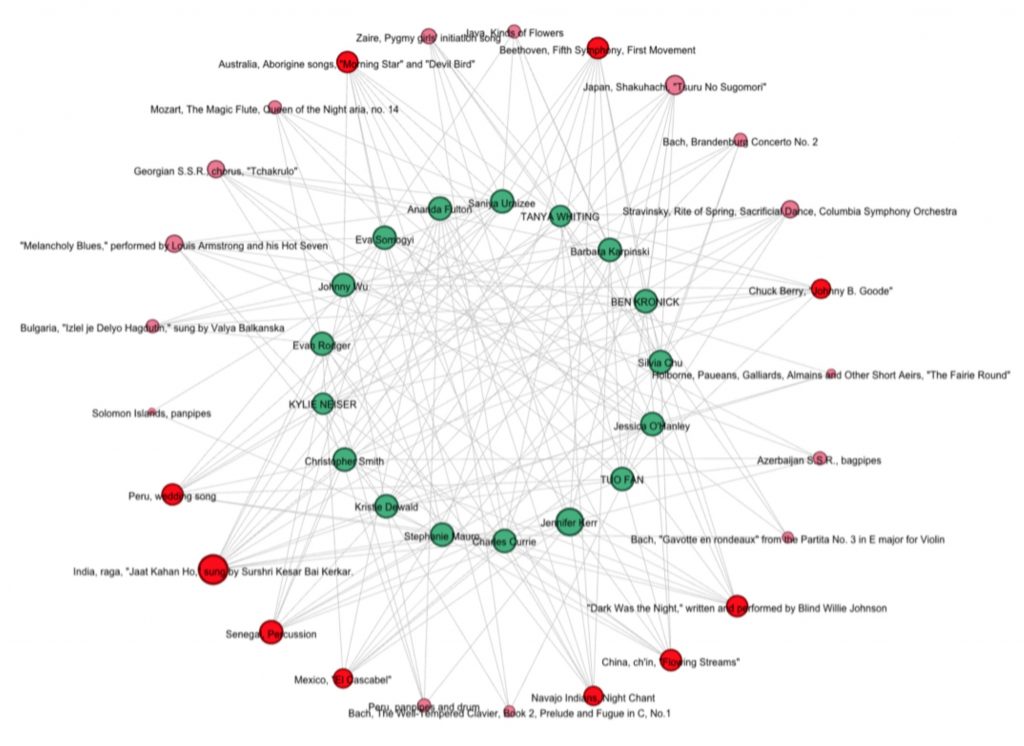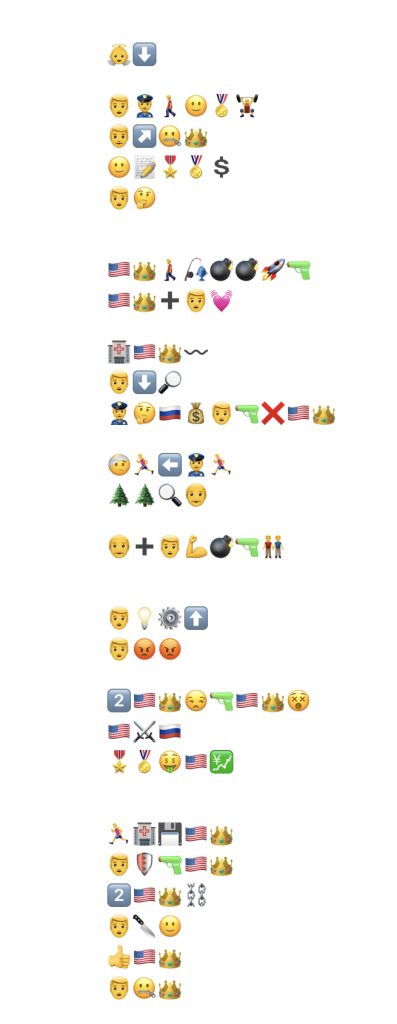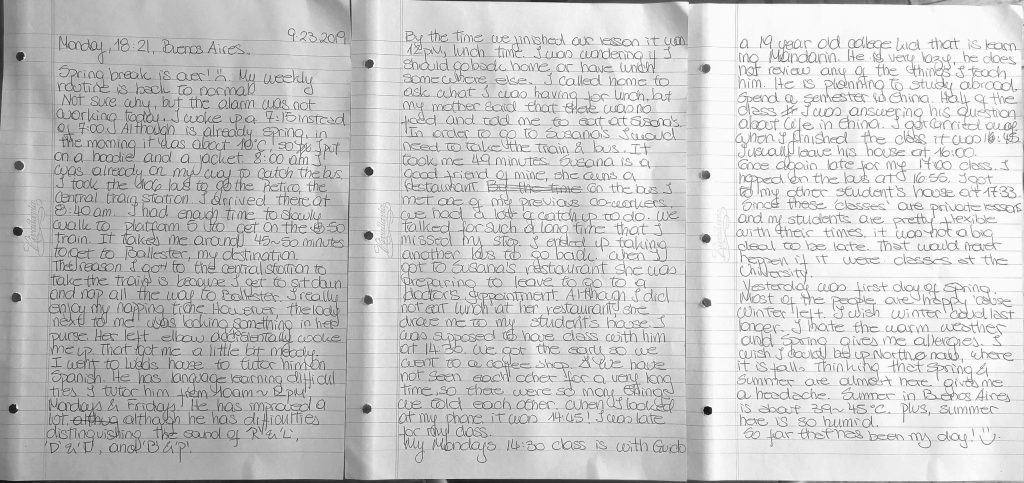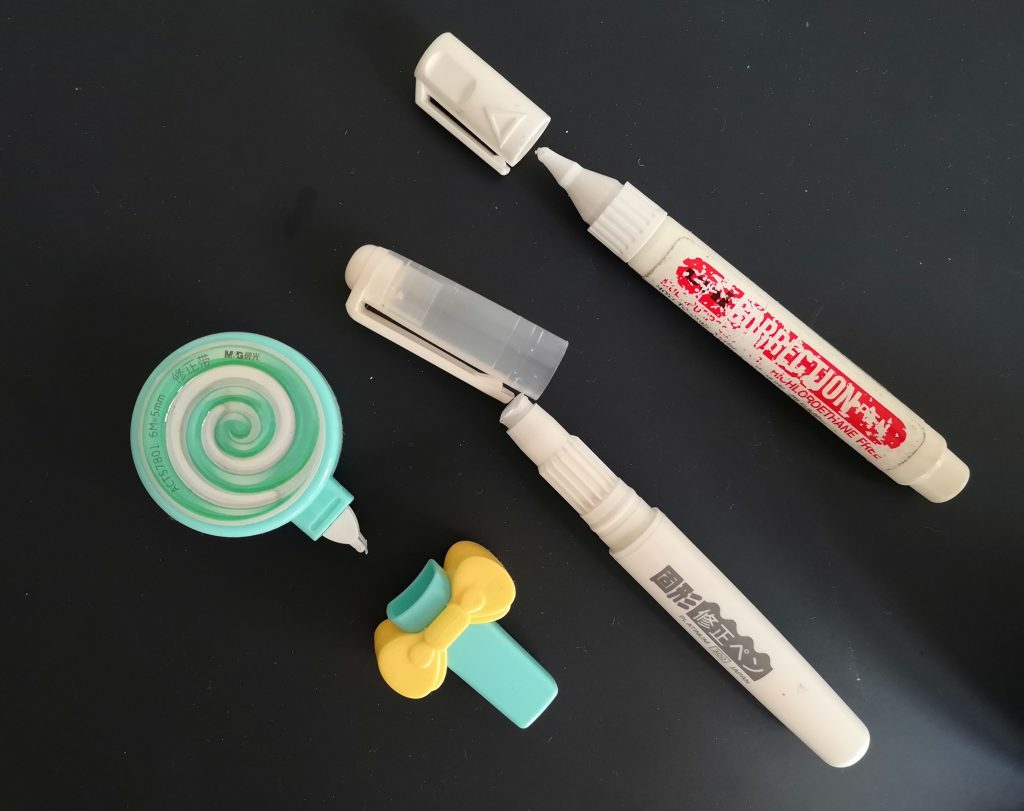Speculative Future 1
Within the TANG family, being a doctor is within their genes. Richard Tang is a third generation surgeon within his family. He is a famous neurologist and has dedicated his entire career studying the human brain. He loved performing surgery. To him it was more than a job, it was also an art. However, as he became older, he hands were not as steady as they used to be. He could no longer perform as a surgeon, but he still conducts researches about the human brain. To him it seems that there are too many section of the human brain that have not been studied yet. Although he is no longer a surgeon, he is a professor at Xavier University Medical School.
This is a part of his lecture cause on “A.I. in the Medical field” course.
The use of Artificial Intelligence has facilitated our work as doctors because through algorithm it conducts complicated analysis on medical data that would take us, humans, a very long time to do so. Within this complex analysis, it involves the relationship between prevention, treatment and treatments outcomes. Although the use of A.I. has ‘made our lives easier’ it does not mean that we need to be dependent on them. Remember that what A.I. can do for us, we as doctor also need to know how to do it. I am not against A.I. because in certain places where not many doctors are available, A.I. can compensate for that shortage. It is not the fear that we will lose our jobs because we might be replaced by machines. It is the concern on how much medical knowledge will the human doctor know if the robot doctor does all the work. Have you thought of situations where A.I. might not be available, then as a doctor what would you do?
Speculative Future 2
John Tang, the great great great grandson of Richard Tang. He has finally finished med school. One would think that he will start his residency. No, there is no more need for that. 20 years ago, the government and medical field decided that medical residency was no longer a requirement. All the training that medical student need has been provided to them while attending med school. The residency experience has been incorporated into their med course via the use of “holodeck”. This is a holographic staged environment in which students can engage with simulated medical situations. Med students no longer need to go through long emergency shifts for their residency. Their medical knowledge has been all transmitted to them via the use of A.I. Generation of doctors have become machine dependent and rarely know how to perform or make a diagnosis without their medical equipment.
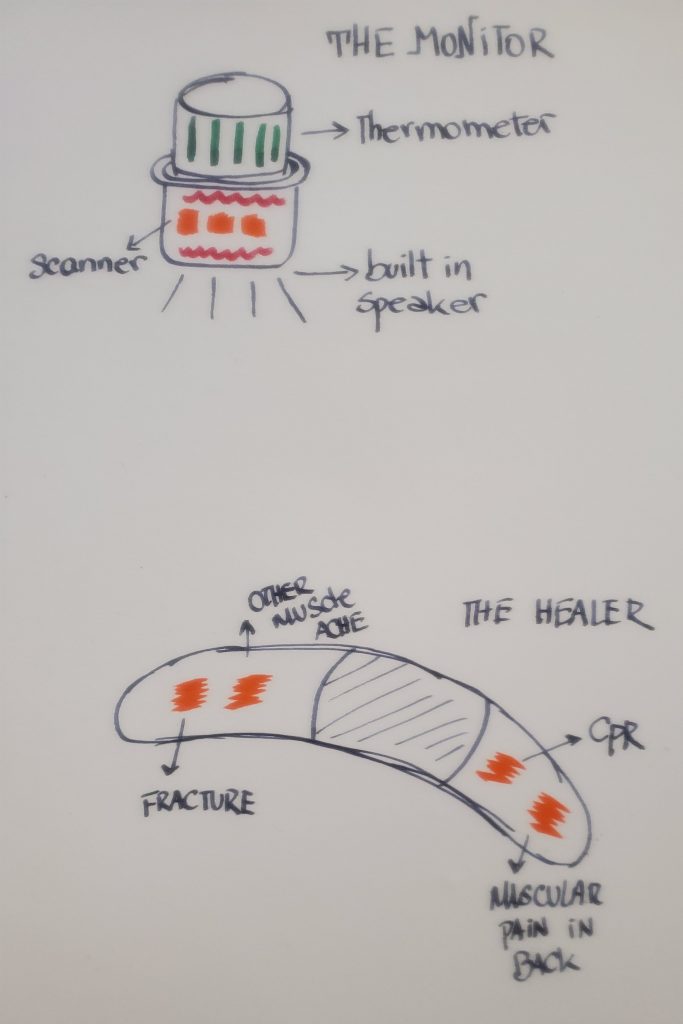
There is the “monitor”. It is the size of a prescription container. It scans patients body temperature and it can determine if they have any illness. It can also take expats and CT scan on the spot.
Another of the devices is called “healer”. It is the size of a wristband. It can be placed on any part of the body. It can heal broken arms and legs, treat muscular pain and even perform CPR.
It is 2098. This is the first worldwide power outage since 2019. All systems are down.
A kid just broke his arm while skateboarding. Luckily, Dr. John Tan was there to assist him. He proceeded to scan the kids’s arm with the monitor and planned to use the healer to fix his broken bone. None of these worked. All systems were down because of the power outage and his devices could not connect to the A.I. M.A (Artificial Intelligence Medical Assistant). He just realized that without his A.I. devices he was not a doctor. He asked himself how am I supposed to treat him if these devices do not work?
